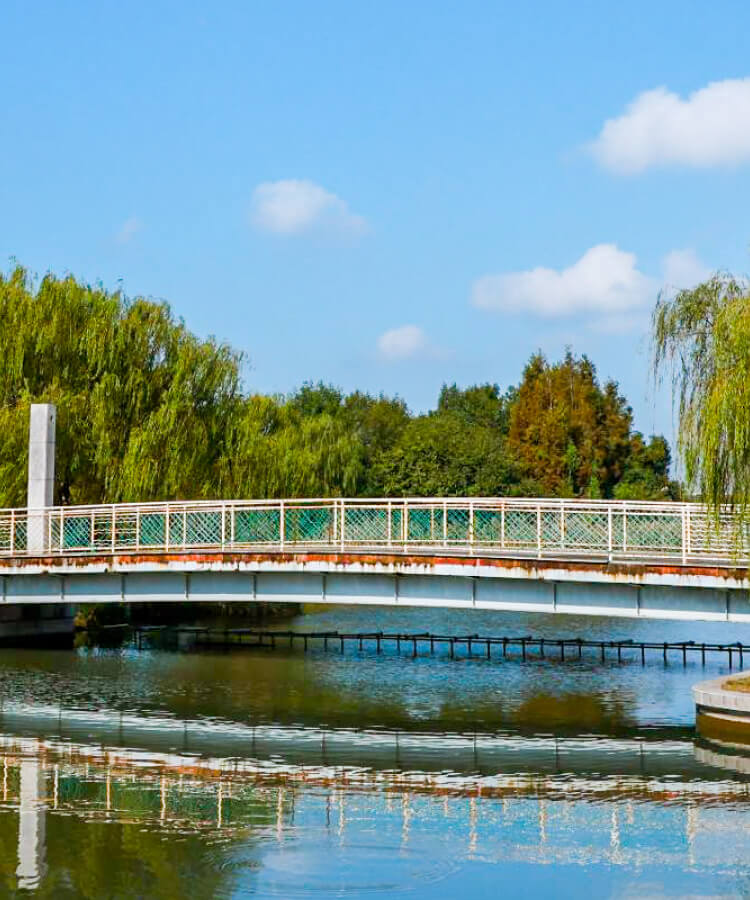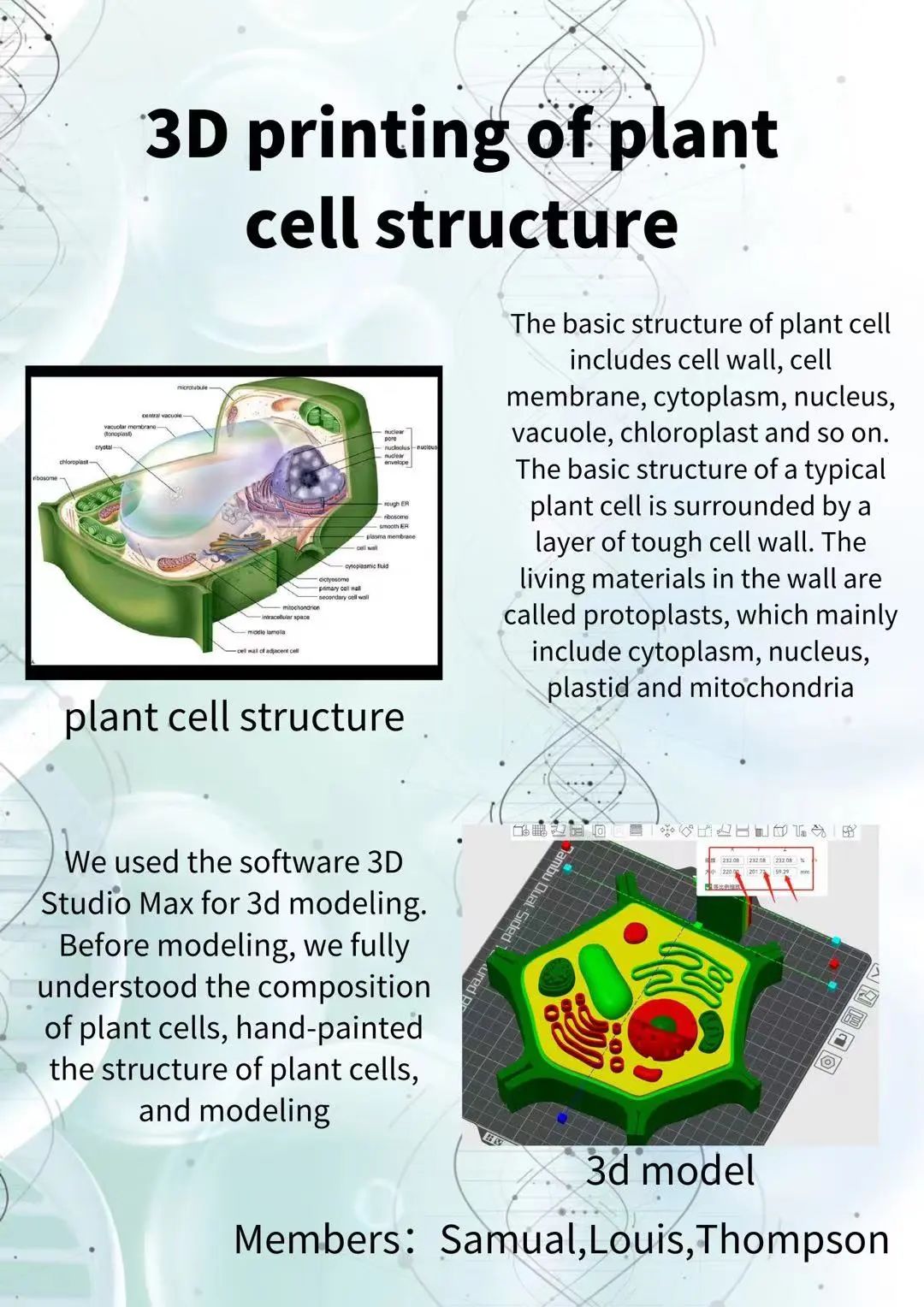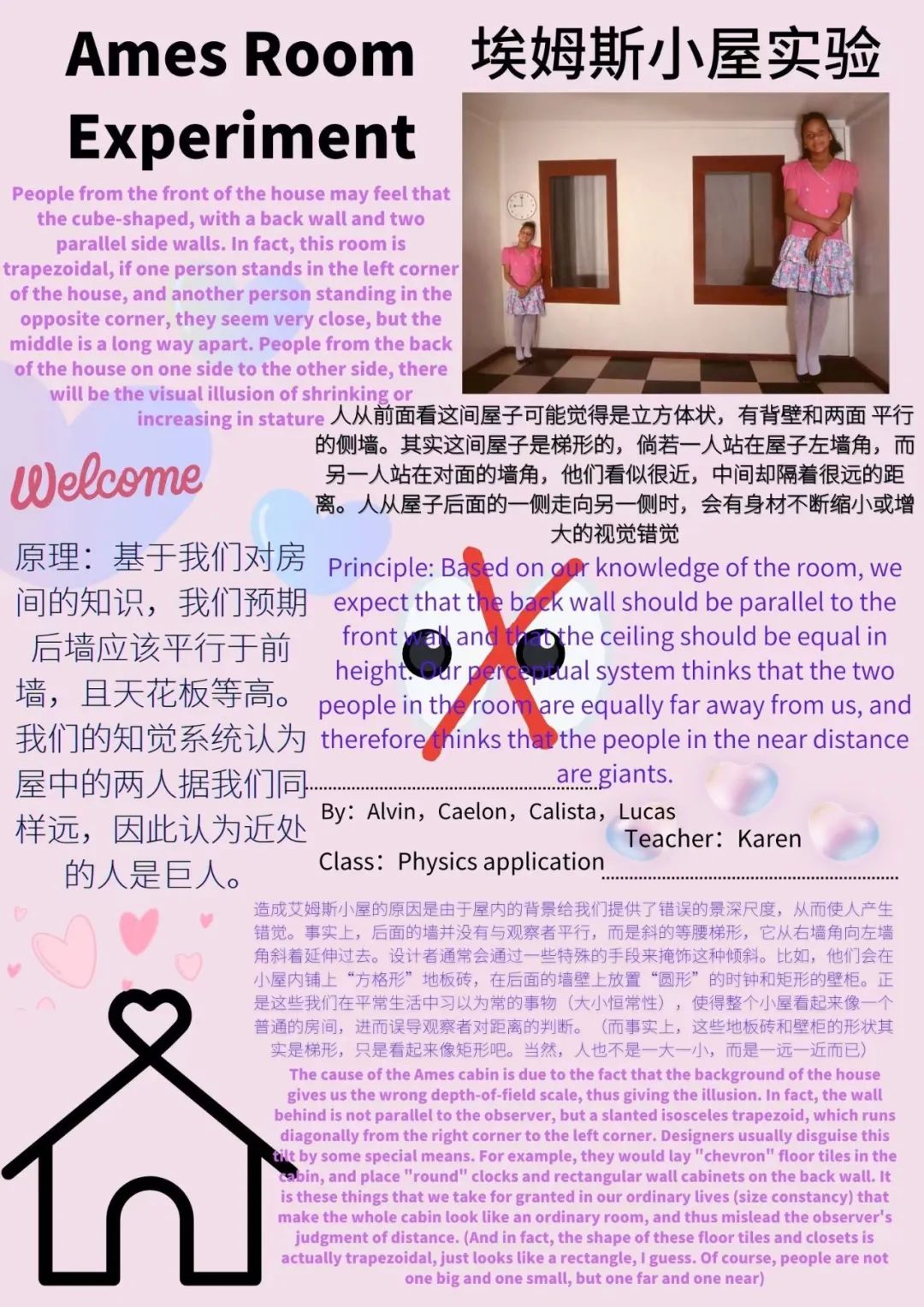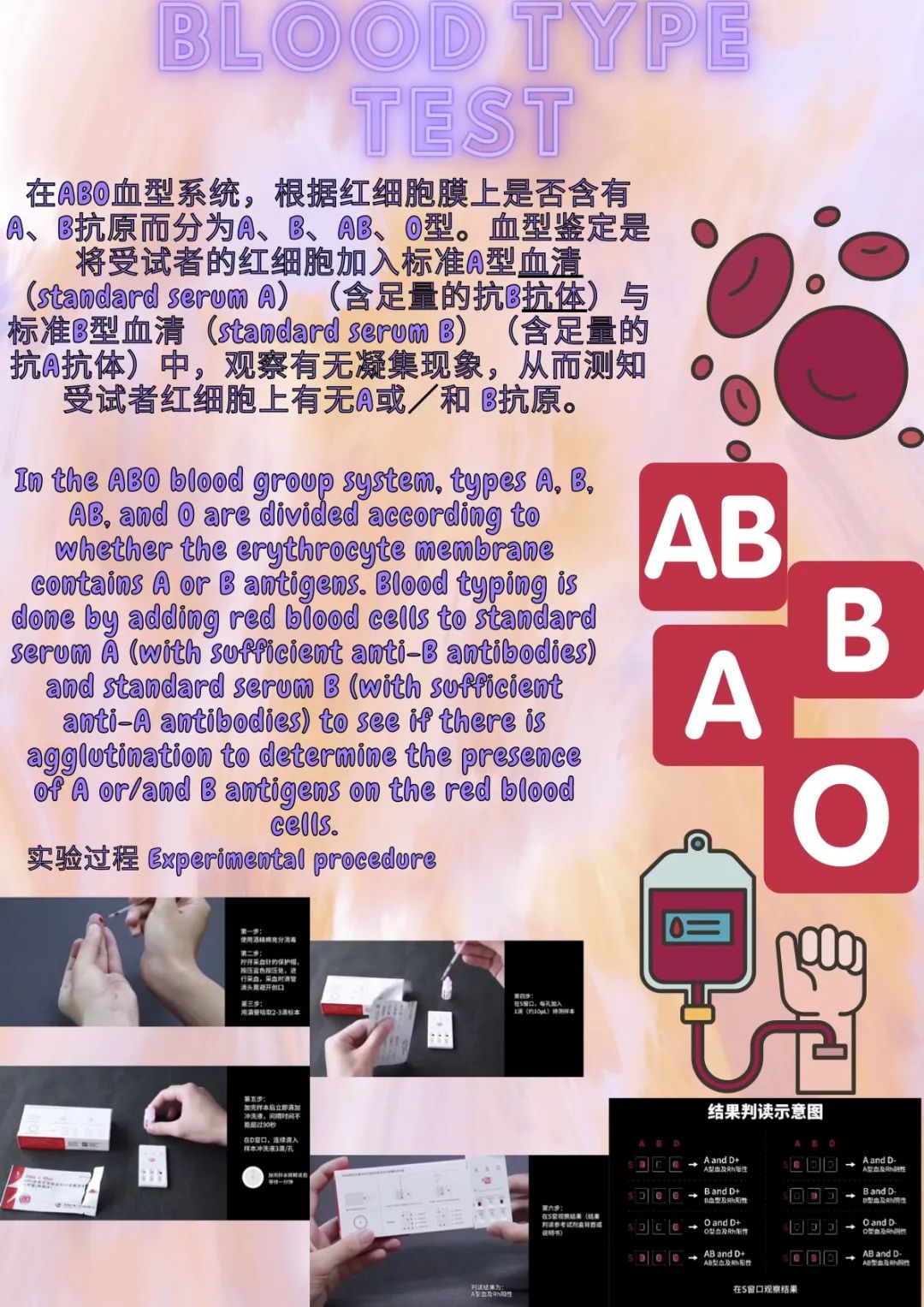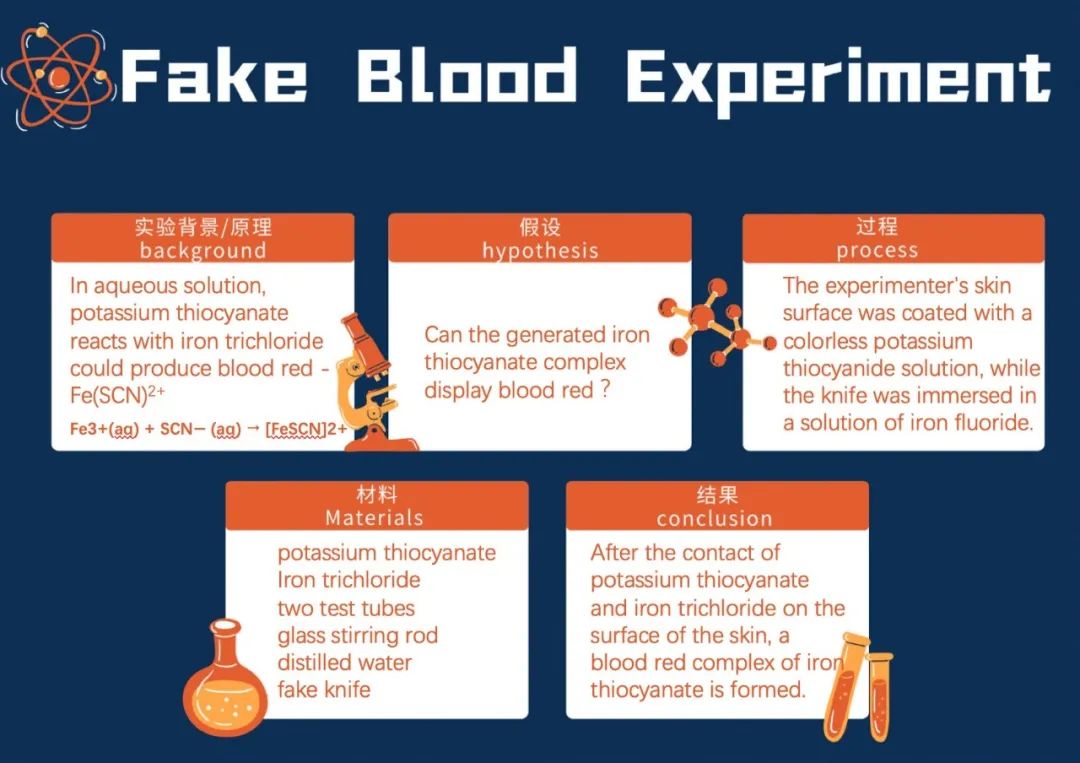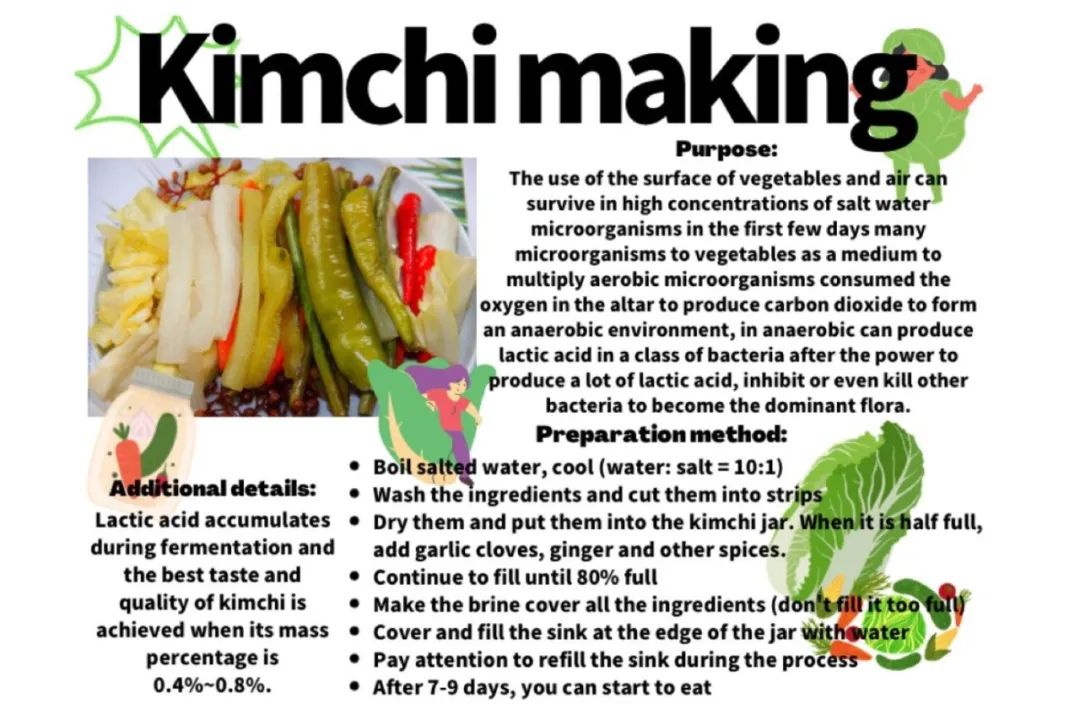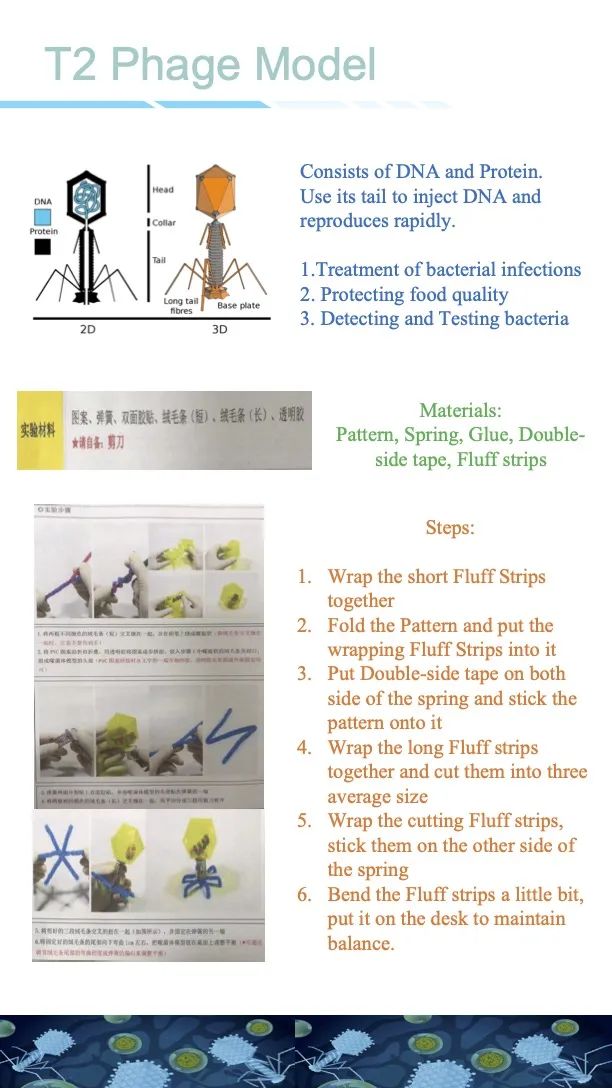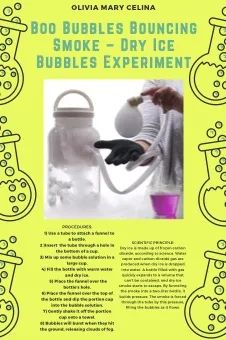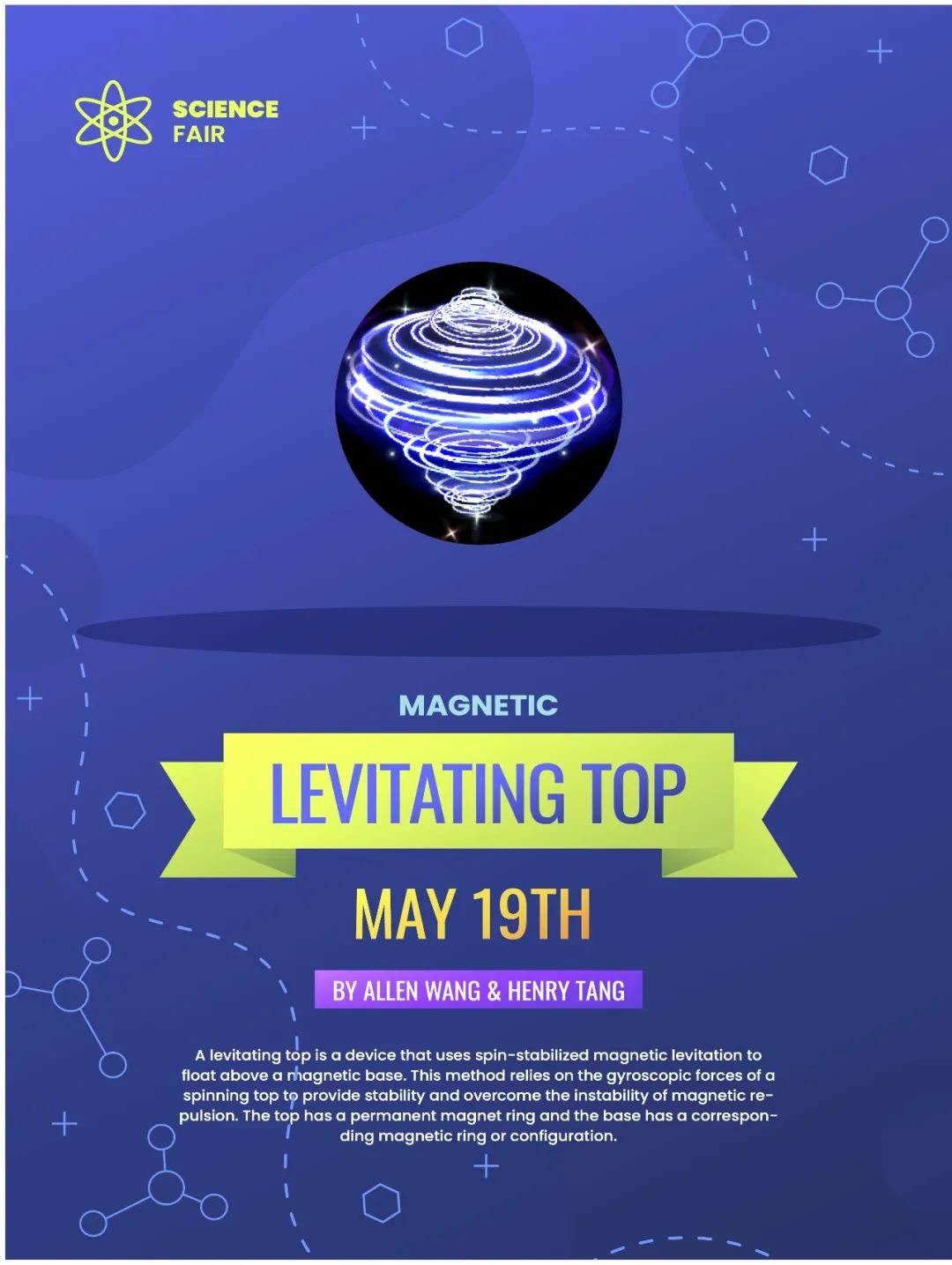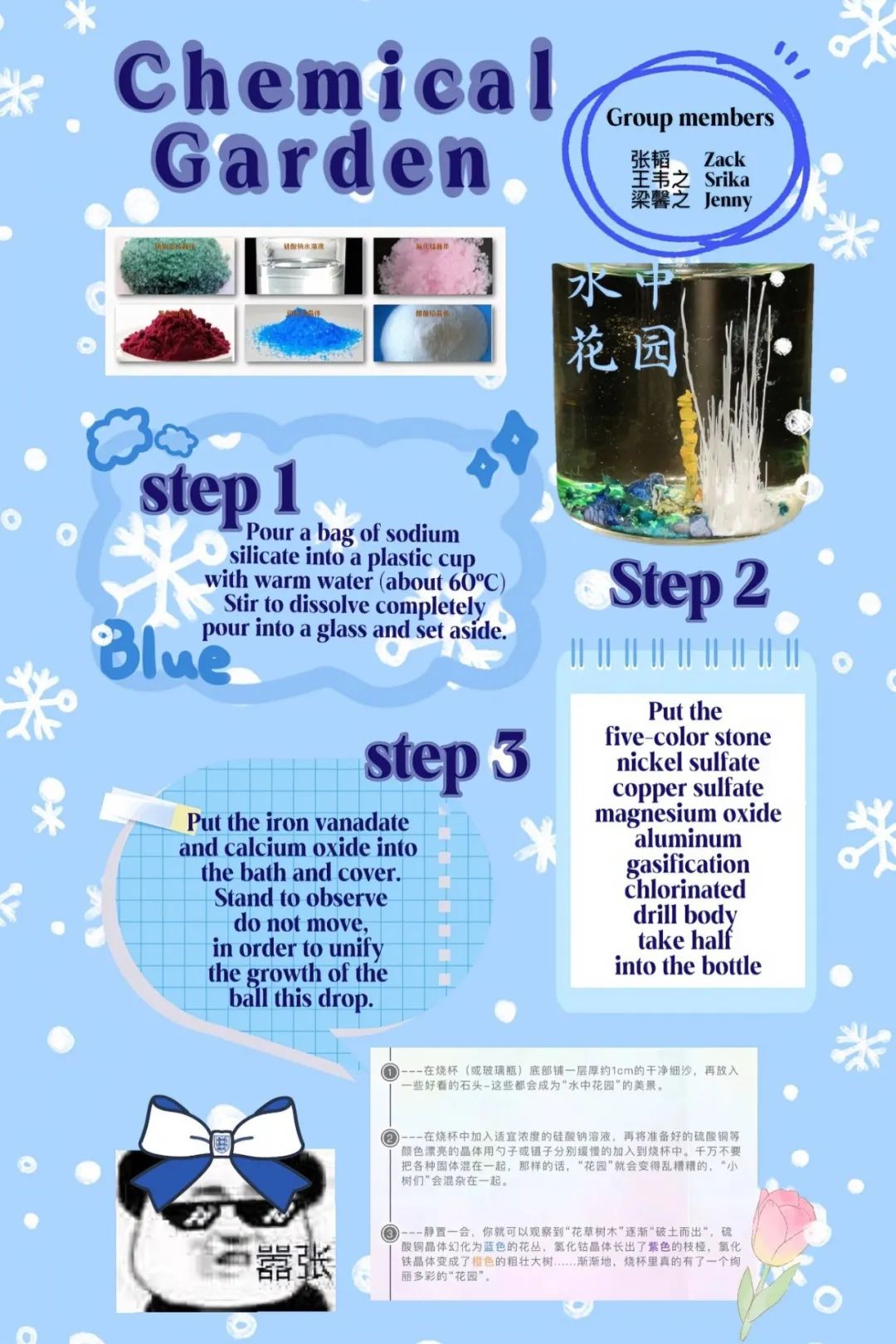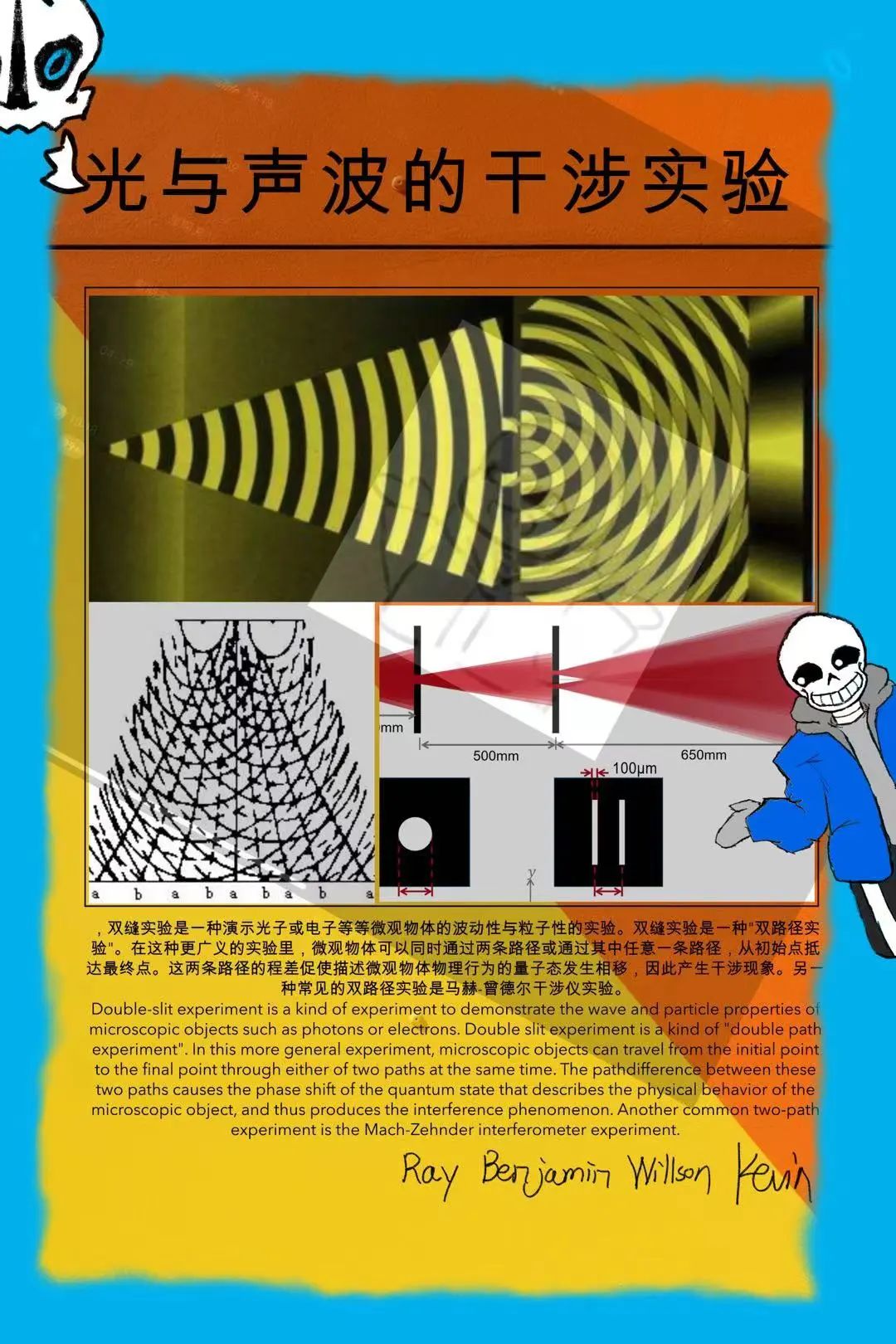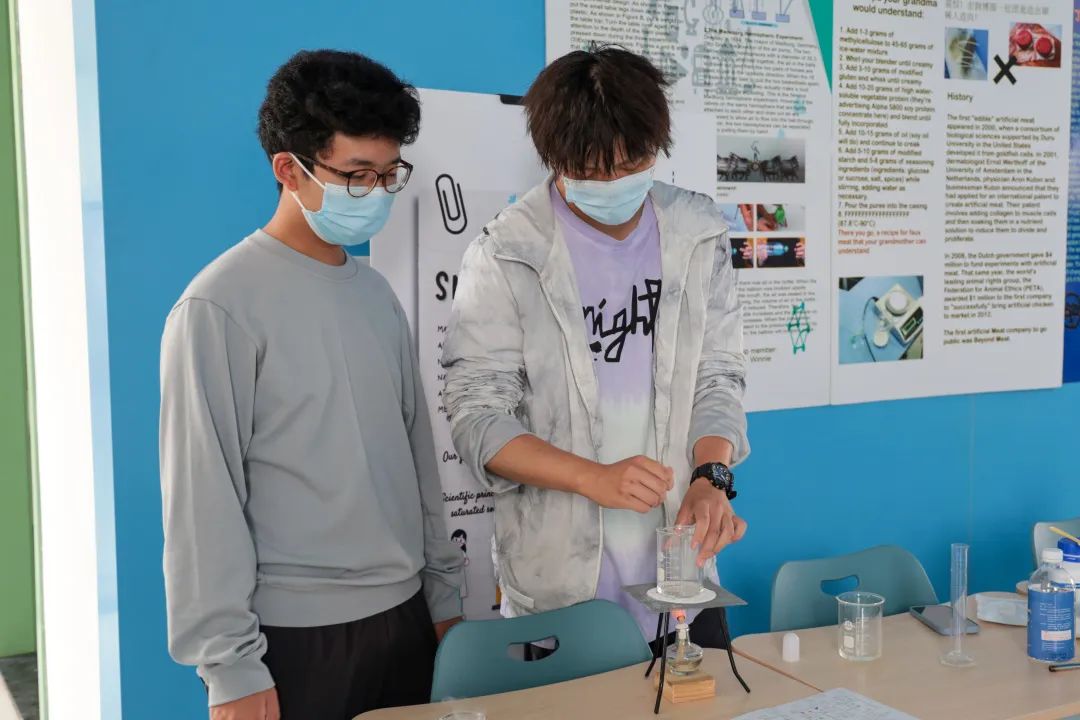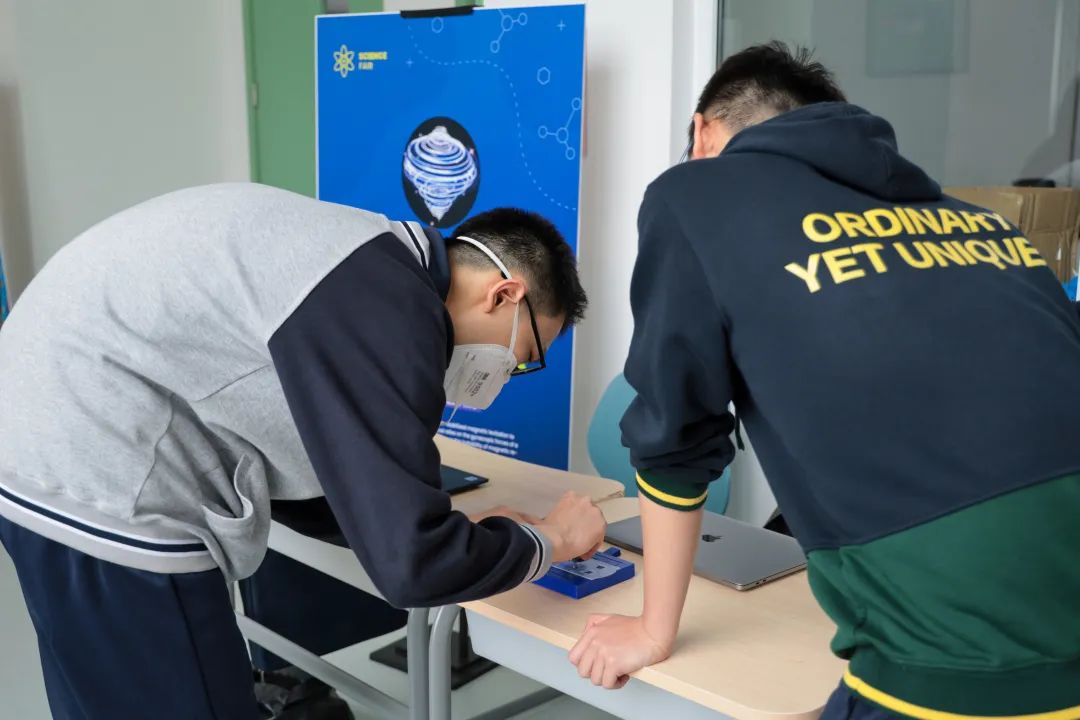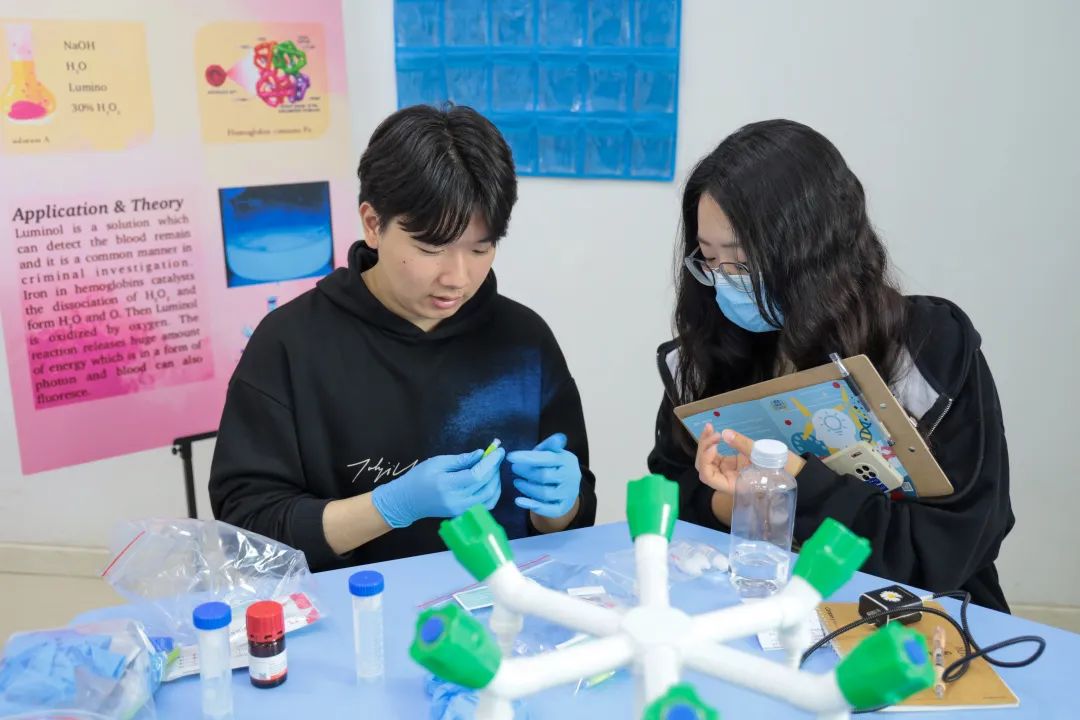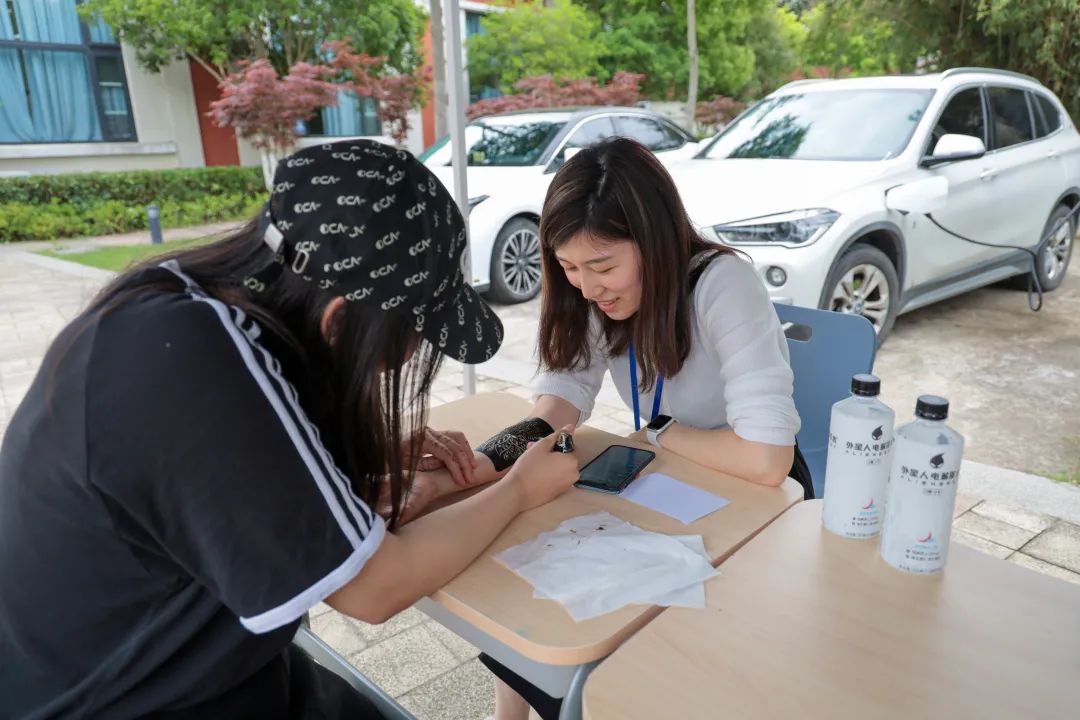-

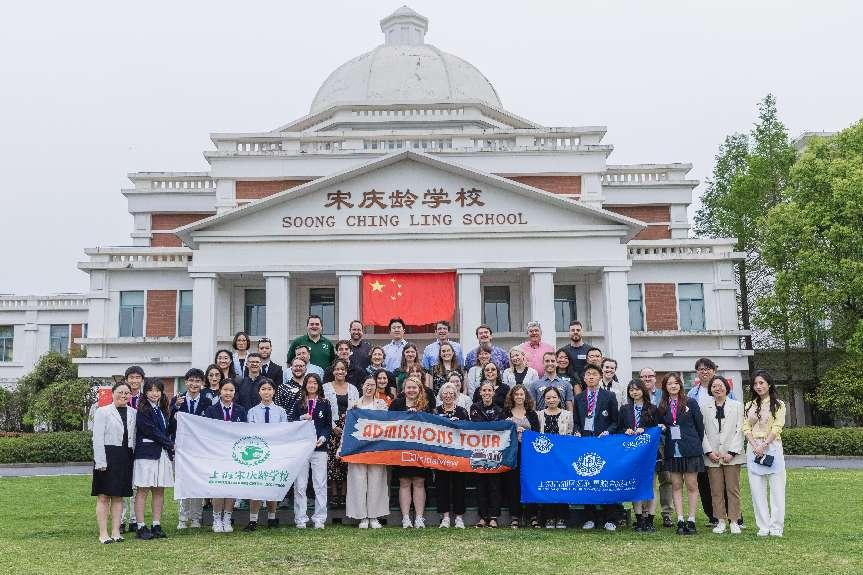 Over 30 Universities, an Exceptional Lineup, and Current Admissions Officers — SHBS and SCLS Join Hands with InitialView for the 2025 Spring University Fair Tour2025-04-18
Over 30 Universities, an Exceptional Lineup, and Current Admissions Officers — SHBS and SCLS Join Hands with InitialView for the 2025 Spring University Fair Tour2025-04-18 -

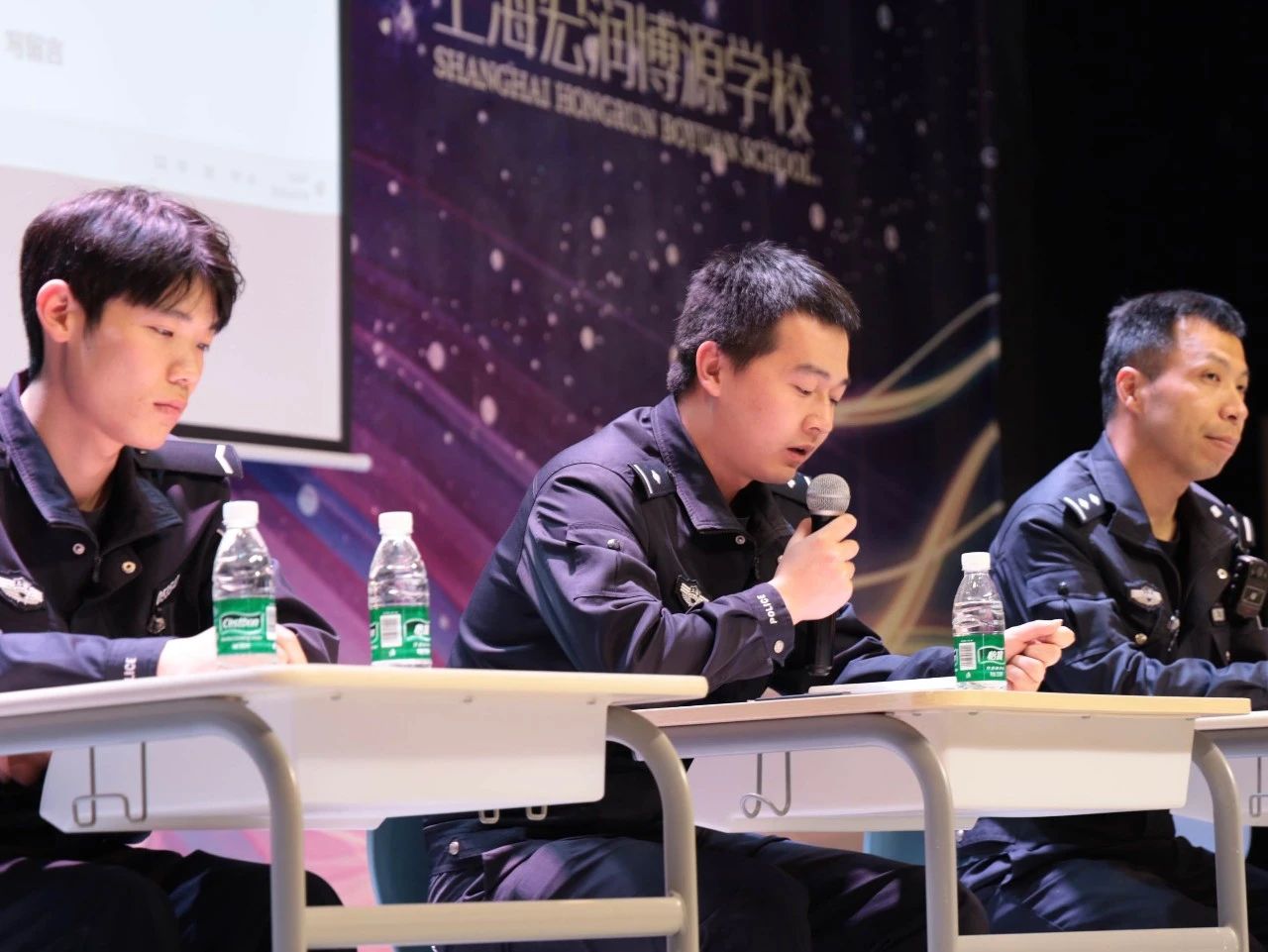 SHBS Event | Prevent Fires Before They Start, Celebrate Youth Through Sports — SHBS Safety Education & Sports Day Warm-Up2025-04-14
SHBS Event | Prevent Fires Before They Start, Celebrate Youth Through Sports — SHBS Safety Education & Sports Day Warm-Up2025-04-14 -

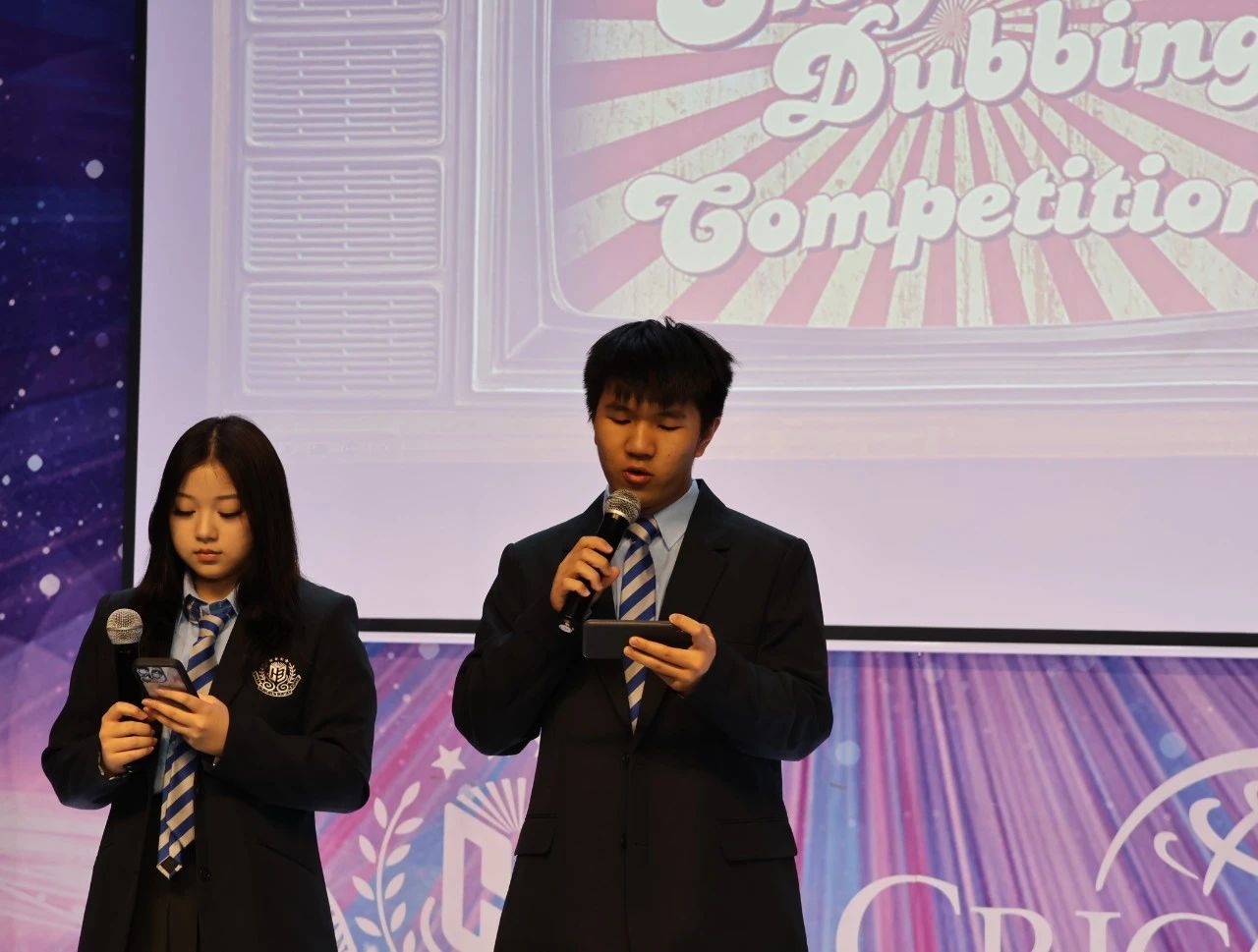 SHBS Event | English Dubbing Contest — Shaping Characters with Voices, Building a Universe of Sound Together2025-04-07
SHBS Event | English Dubbing Contest — Shaping Characters with Voices, Building a Universe of Sound Together2025-04-07
- 2023-05-28
- Campus News
- Views:957

On the afternoon of May 19th, we observed the grand opening of the 3rd SHBS Science and Art Fair in the Science Building and on the Science Square.
Students presented to the science fair a total of over 40 projects covering various subjects such as physics, chemistry, biology, mathematics, and computer science. We were impressed by the substantial contents of their projects which ranged from fundamental science laws, demos of experiments and applications to the exploratory uses of the currently popular ChatGPT.
In addition to the projects presented by the students themselves, our school also invited SRCC and Sikai Academic to introduce technologies that are not easily accessible in their regular classes, such as robotics, genetic testing, pipetting experiments, and glucose testing, so as to broaden the students' horizons.
In addition to showcasing a large number of artworks by the students at the art fair, "Henna painting" attracted a lot of fans on the spot.

In addition to the entire school's teachers and students, parents of students and some guests also enthusiastically participated in this annual feast of science and art.
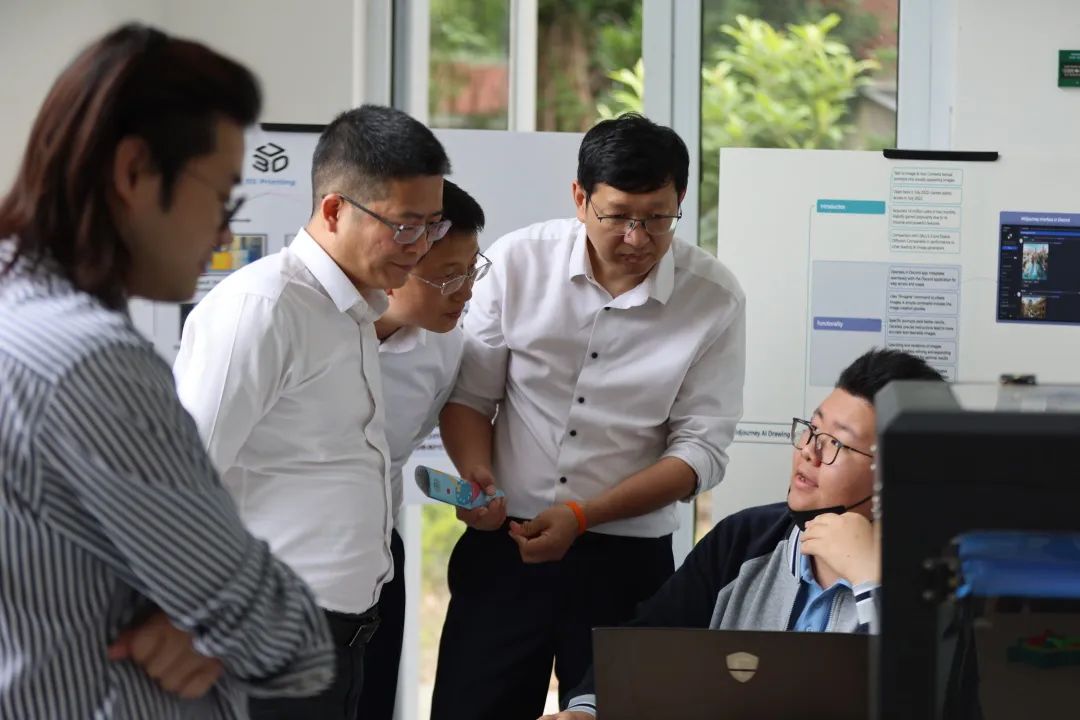
It is rare and commendable that these projects were all done by the students themselves step by step by making use of local resources and materials. Although some projects may look a bit rough and not very "high-tech," they opened an enlightening door for many students so that they would be able to further explore science and art.

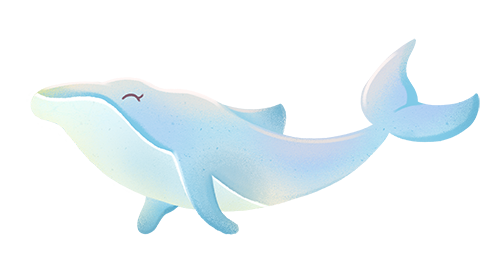
[Some Highlights]
Quercetin Chicken Incubation" Experiment
Three students brought to the fair six baby chicks, which were quercetin chickens they hatched half a month ago. They made by themselves a waterbed incubator using a foam box, water bags, and a heating device. They also purchased quercetin chicken eggs online to incubate them. The incubation process was extremely challenging, and any slight negligence could lead to failure. They had to constantly monitor the temperature and humidity, as well as flip the eggs and spray water on them to ensure the chicks are successfully hatched.

While incubating the eggs, students checked the eggs every five days with a flashlight to see if the chicks were developing properly. It was very important to check the eggs on the 5th day because students needed to find out if there were fertilized ovum inside them through observation. Feeling uneasy, students turned on the flashlight. To their surprise, 11 out of 15 eggs were fertilized!

During the next two weeks or so, the students took turns to watch over the eggs carefully. When checking the eggs the third time, the eggs became opaque, and students could see the chicks moving inside, which indicated that they were about to hatch. Finally, on the 17th day, two baby chicks were born in this new world, and during the next two days, four more chicks hatched. The incubation experiment was successfully completed!
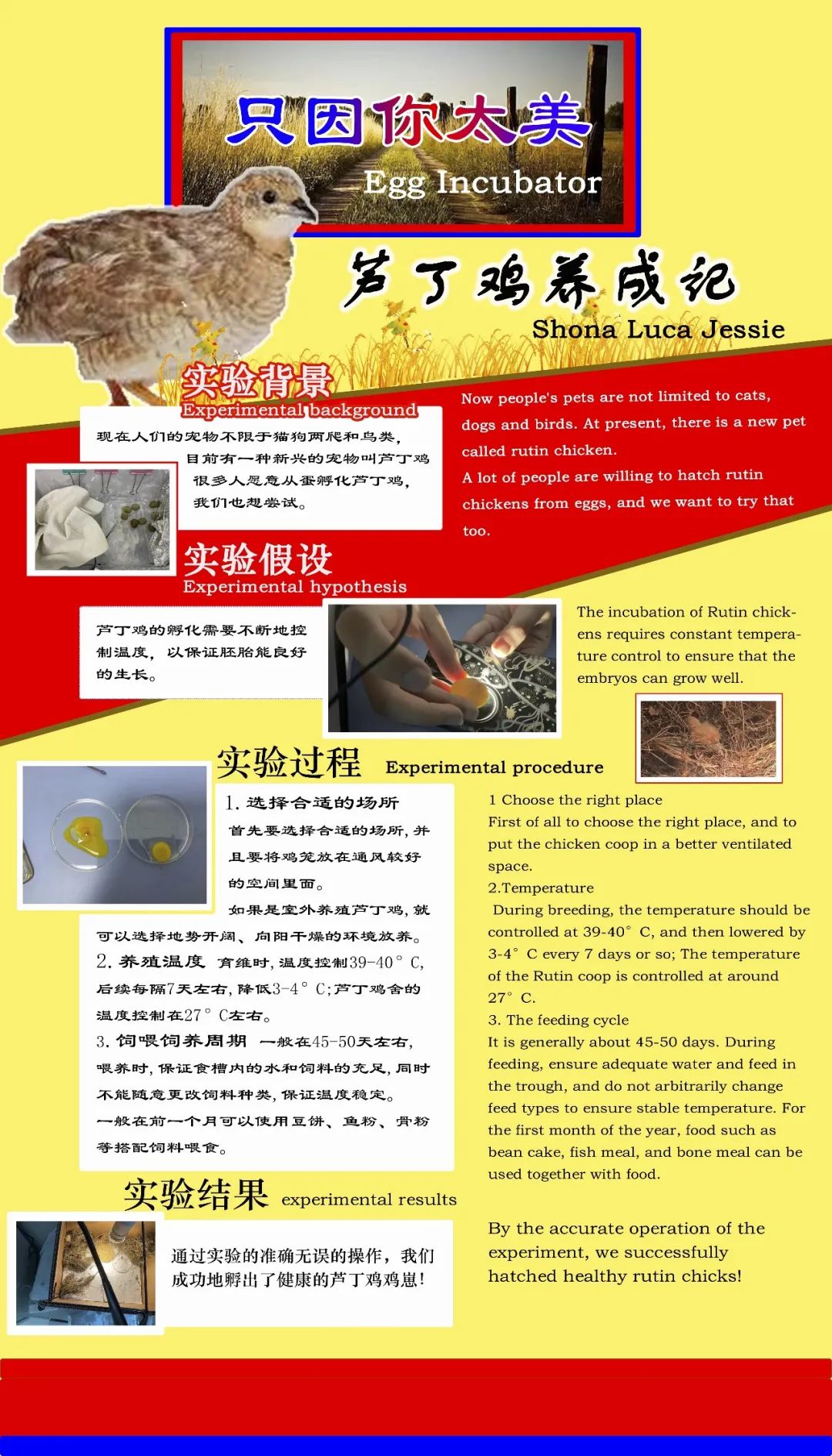
"Bouncing Bubbles" Experiment
Entering the chemistry classroom, we found it was filled with mist because students of the chemistry class were doing the "bouncing bubbles" experiment. They demonstrated the unique properties of solid carbon dioxide by making this experiment. They created bubbles using soap solution, and injected carbon dioxide gas released from drikold into them, allowing the bubbles to float and bounce on a cushion of air, regardless of gravity.
This phenomenon can be attributed to two key scientific laws: buoyancy and the Leidenfrost effect. When carbon dioxide gas is released from drikold, it’s denser than its surrounding air. The soap film surrounding the bubble traps the carbon dioxide gas inside, and due to the difference of density between carbon dioxide and its surrounding air, the bubble starts to fall. As the dry ice bubbles fall, they interact with the warmer air in the room. The extremely low temperature of the drikold causes the bottom surface of the bubbles to freeze rapidly upon contact with the air. This frozen surface acts as a temporary support, which creates an insulating layer of gas between the bubble and the surrounding air. This phenomenon is known as the Leidenfrost effect, which allows the bubbles to float and bounce on this cushion of gas.
The combination of buoyancy and the Leidenfrost effect results in the remarkable behavior of drikold bubbles. These bubbles can remain floating for a long time, and appeared as if they defied gravity, until the carbon dioxide gas eventually dissipates into the surrounding air, causing the bubbles to burst.
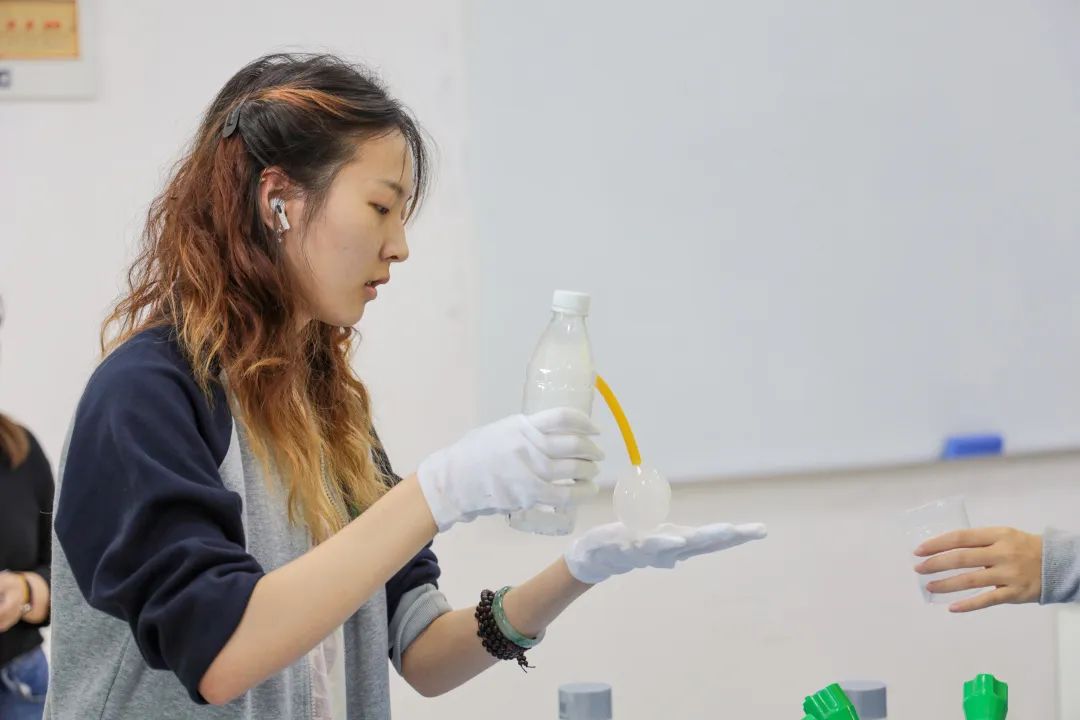
"Simple Explosion" Experiment
At the science and art fair, students made a variety of chemical experiments which added to its brilliance, such as the simple bomb experiment. After baking soda was mixed with vinegar in a plastic bag, sodium bicarbonate reacted with acetic acid in a decomposition reaction, producing sodium acetate and carbonic acid. The unstable carbonic acid further decomposed into carbon dioxide and water. The rapid expansion of carbon dioxide caused the small plastic bag to inflate abruptly and eventually burst. The experiments were so interesting that they attracted many students and teachers to the spots where they were performed.
After the event, a reporter interviewed a member of the team in charge of the experiment and found that the whole team faced challenges while exploring. They had conducted multiple experiments before demonstrating it at the fair. Among those attempts, the most difficult aspect was to control the mixing ratio of vinegar and baking soda because even a slight mistake could lead to experiment failure. Fortunately, the students eventually overcame this difficulty.
"Thermoelectric Power Generating" Experiment
The thermoelectric power generating project caught the attention of the reporter. This project involved supplying power for a desk lamp and an electric fan by the temperature difference between hot water & a candle and the surrounding environment. Therefore, even though the temperature of the candle and hot water was not very high, they could still generate electricity. After listening to an informative explanation in both Chinese and English, many students and teachers clearly understood the underlying theory.


[Epilogue]
There were countless fascinating experiments, such as to train ChatGPT to create interactive games with players, to train ChatGPT to become a Tarot and astrology expert at reading visitors' fortune, to create AI-generated paintings (with "Mid-Journey, Stable Diffusion"), 3D printing, a walking "Smoke Cannon," handmade pickles, clay-made cell models etc. Both teachers and students were so impressed by those experiments that they felt reluctant to leave.

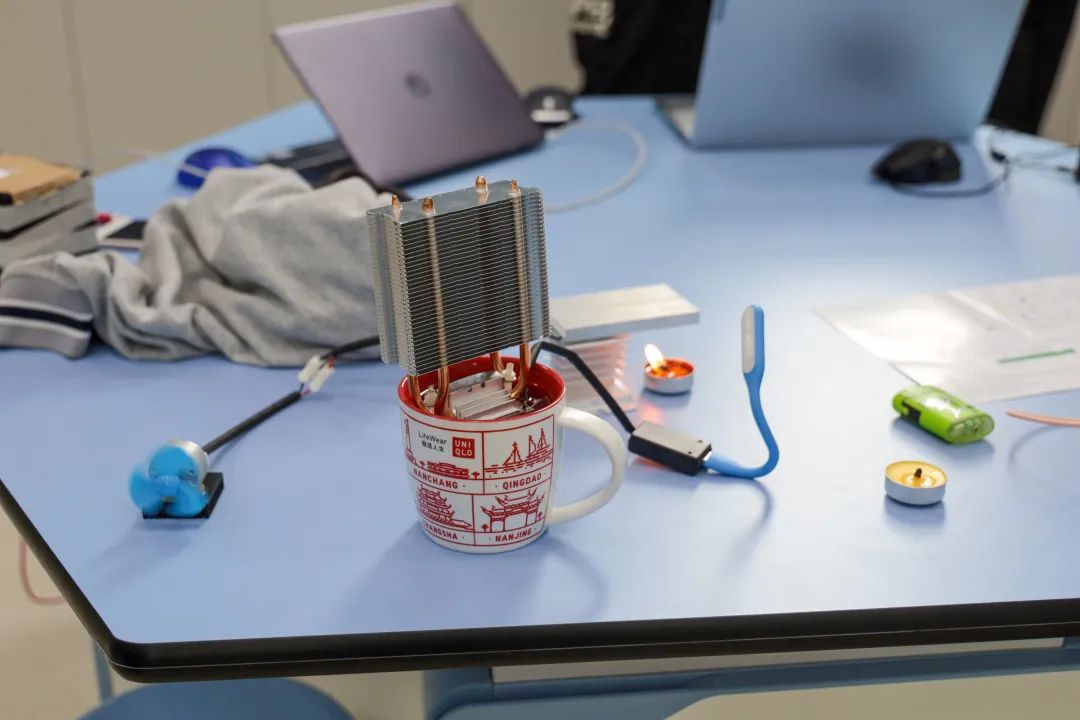
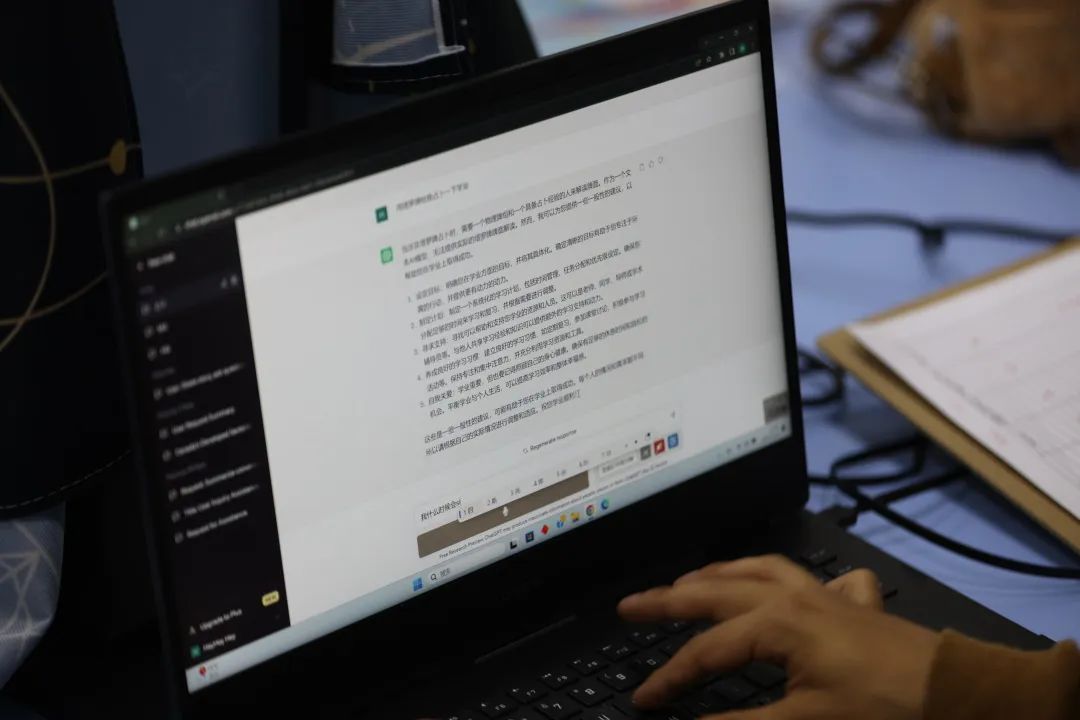
Unfortunately, quite a few projects had been rejected before the fair was held. However, we were lucky to be able to interview the students in charge of one of such projects, for example, an experiment called "Drops of Water Turned into Icicles”. After a brief interview, we learned that this project involved the rapid crystallization of a supersaturated solution of sodium acetate upon contact with sodium acetate crystals, creating the fascinating phenomenon of drops freezing into ice. However, there was little chance that this experiment would succeed, with only a few successful attempts after multiple trials. Thus, it was a pity that we couldn't showcase it at the Science and Art Fair.
This year's Science and Art Fair made stunning progress on base of those of the previous years and teachers and students were deeply impressed by it. It is believed that the fair will further inspire students' interest in exploring the fields of science and art, and encourage them to reflect on the connection between what they’ve learned in the class and its real-world applications.

Science & Art Fair|2023.05.19
文 | Jin,Luca, Olivia, Steven
审核|Wu Xu
翻译 | Dawn Xu
排版 | Karen Yu






